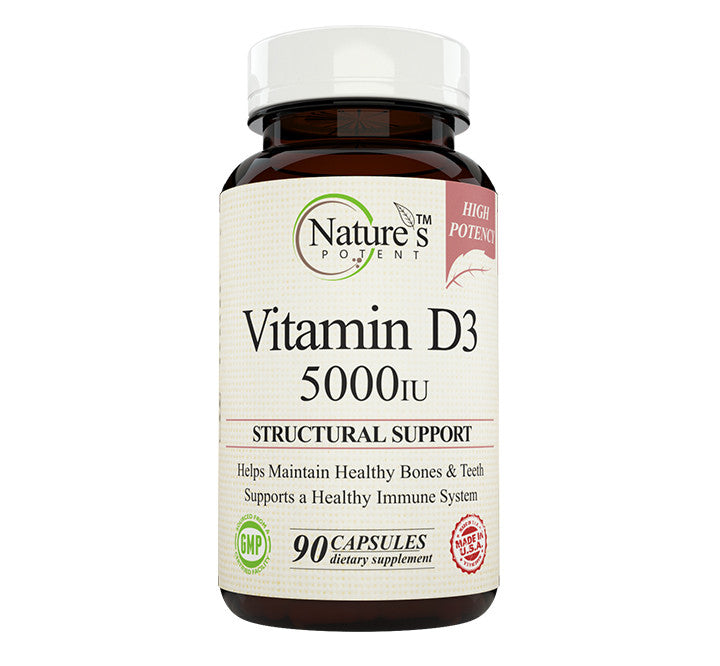The best way to reduce the ultraviolet radiation risks is to put up a barrier between yourself and UV rays. There are several types of protections you can use and they vary in efficiency. In order to achieve the best result, you should combine different methods depending on the situation.
- Reduce Ultraviolet Radiation Risks with Clothing
Clothes and accessories are a highly reliable type of barrier. However, even a long-sleeved turtleneck won’t provide you with 100% protection. Few people realize this, but UV radiation can easily get through fabric.
Light and thin materials offer the lowest level of protection. However, wearing something ‘stronger’ is impossible during the summer as you’ll run risk of getting a heat stroke.
Despite the limited efficiency of fabrics, you should still try to cover up as much of your body as possible. Long sleeves are most welcome as are accessories. Always wear a hat and sunglasses to cover the parts of your body clothes won’t hide.
Nowadays, as people get more aware of ultraviolet radiation risks, some manufacturers develop specialized UV-resistant outfits. These clothes are made from various materials with the fabric’s threads interwoven tightly. The piece can also be treated with UV protection solutions. Be sure to seek out clothing like that for your summer jogs and picnics.
- Apply Sunscreen for Better Protection
As ultraviolet radiation risks include terminal cancer, you can’t have too much protection from it. Therefore, applying sunscreen should be a must-have step of your summer routine. In fact, you should protect all exposed parts of your skin with it regardless of the season.
There is a great variety of sunscreens available today, but none of them are 100% effective. It’s always best to use a product with the highest level of protection. You should use ‘broad spectrum’ products with 30+ SPF as well as UAV and UVB protection.
For your sunscreen protection to work, you must apply it properly. The label will have directions for the specific type of product, but the general rule is to use a generous amount of it. If the layer of sunscreen on your skin is too thin, you lose much of its protection factor.
Water-resistant sunscreen is the best for the summer. Not only will it protect you in the water, it will also remain on your skin when you sweat. Read labels of these products very carefully as they must explain for how long exactly the UV protection factor remains active.
Don’t forget that in order to really reduce ultraviolet radiation risks, you must reapply sunscreen every 2 hours. As there are many types of these products today, ranging from wipes to powders, the times might vary. Follow the instructions and bear in mind that applying a double-layer of product doesn’t double its protective factor.
- Stay Away from Ultraviolet Radiation Sources
Direct sunlight isn’t the only source of ultraviolet radiation risks. Tanning lamps and beds, sun lamps, even small UV lights used in nail salons are all dangerous. Exposing your skin to the rays they emit increases the risk of melanoma. UV rays also speed up the process of aging and dry your skin greatly.

Avoid any direct and indirect sources of this radiation and try to stay at home between 11 AM and 4 PM during hot summer months. At this time, UV radiation is most intense and dangerous. If you have to spend this time outdoors, reapply your sunscreen and stick to the shade. Note that windows cannot stop UV radiation. Even glass covered with specialized films doesn’t reflect UV rays completely. If you are sitting near window in your office, you’ll have to reapply sunscreen regularly as well.
Don’t forget that despite the ultraviolet radiation risks, exposing your skin to sunlight is the only way to produce vitamin D. However, as doing this is extremely dangerous, it might be best to get this nutrient from a supplement, like Vitamin D3 5000IU.





